Disclaimer
An article alone is not enough to dive deep into testing, unit-testing, TDD, and the different schools, specially if it's aimed towards all levels of engineers. Consider this article a solid foundation to understand the basics of all of this, where it emerged, why, who are the main figures, and what everything is supposed to be. You will definitely learn many things, improve your knowledge of testing, grasp enough to start doing basic TDD, and know where to go look for more information. Most information comes directly from the pioneer's own books, which you'll find in the references section.
Ugh... Testing...
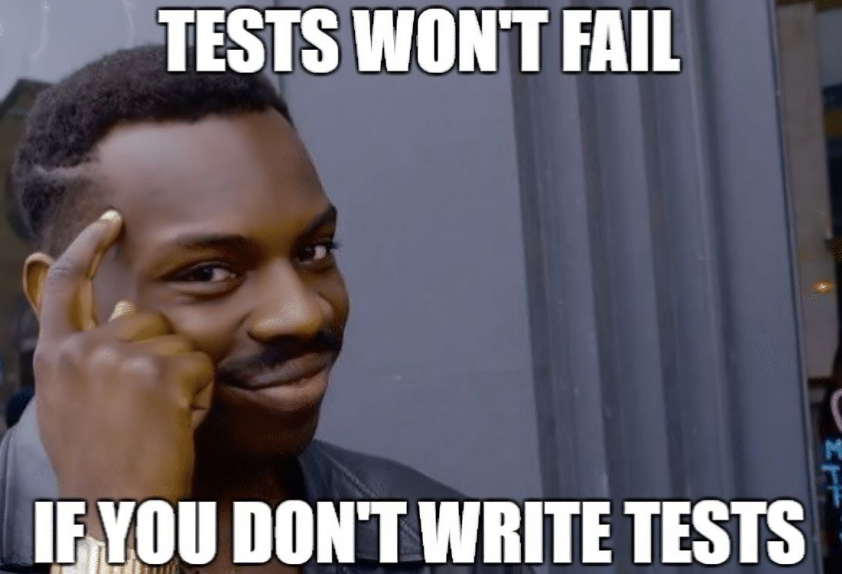
I know... Many developers don't like testing. Testing, in Software Development, has traditionally been associated with the idea of finding errors or "bugs" as we know them. The first "bug" was found on 1947, and was a real bug, a moth, that was trapped in a computer inside Harvard University:
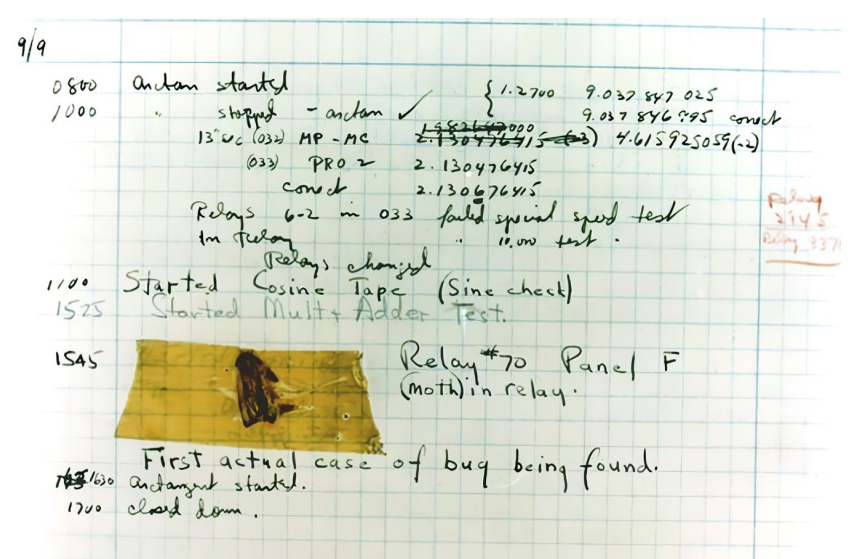
Of course, there is more value than just "finding bugs", more specifically two:
- Verification: Confirming that the software functions as the specifications say it should.
- Validation: Confirming that the software functions per the user requirements.
These goals have been historically reached via more or less manual testing, for which there are two main categories of tests:
- Black-box Testing: Examines the outside of the software, without knowledge of the internal workings.
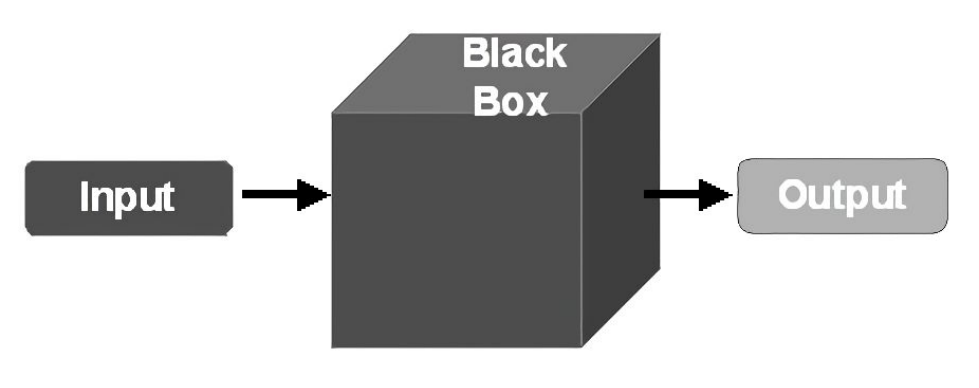
- White-box Testing: Examines the inside of the software, the inner workings.
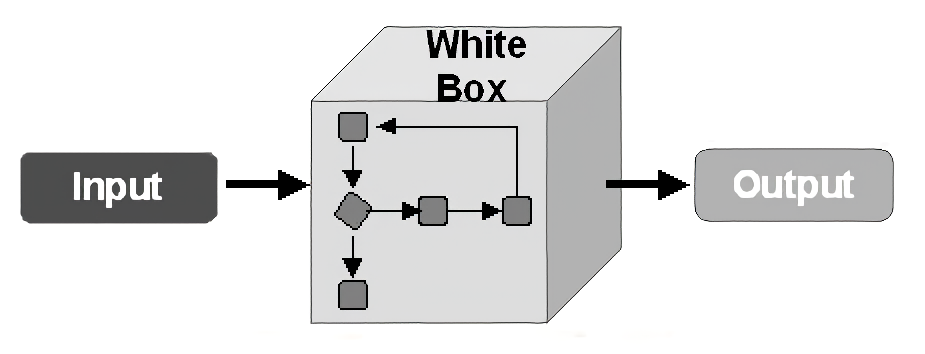
Throughout this article, we'll focus on the white-box testing.
Great, we know what to test, but what about the when ? For this purpose there are many testing strategies, but we'll only mention two:
- Incremental Testing: Testing is performed incrementally, with each new feature or change being tested as it is added to the system. This allows for early detection of issues and reduces the risk of introducing new bugs.
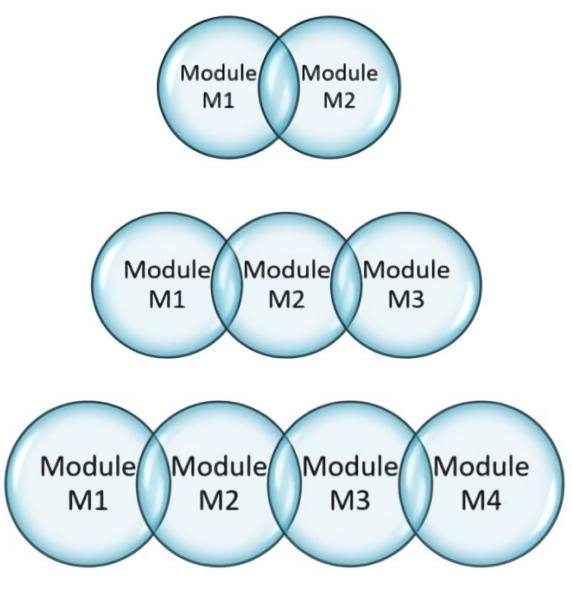
- Regression Testing: Testing is performed after each change to ensure that the changes have not introduced new bugs or broken existing functionality.
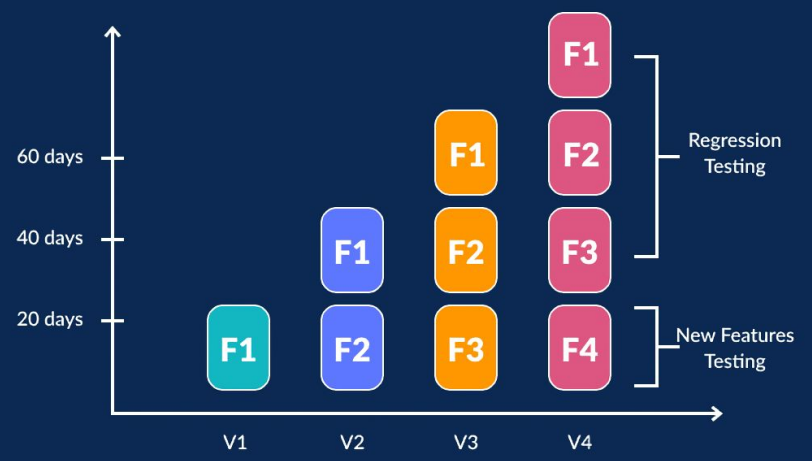
These and other testing strategies can now be easily automated and run, but in the early years of testing, this was not the case:
- Writing and running tests required a lot of codification since no frameworks existed
- A test suite run could take hours
- Outputs had to be humanly checked
- Results of the tests had to be manually recorded in text files or even paper

Okay, we have the what and the when, but
How should we test ?

Let's go over some basics of white-box testing: first off, stages:
- Unit Testing: testing individual components, like a method, function, or class.
- Module Testing: testing a set of units that come together as a collection. This is usually developed together with unit-testing even though it may be considered the first form of integration testing.
- Integration Testing: sometimes called sub-system testing, it involves testing that the interfaces between sub-systems and components, often divided among different teams, work as expected.
- System Testing: also called end-to-end testing or E2E, this means testing the complete system prior to delivery.
- Acceptance Testing: also called alpha testing or beta testing, it involves making users test the software to ensure it meets their requirements.
The testing pyramid, introduced by Mike Cohn, suggests that most tests in a software application should be unit tests, as they are the quickest and easiest to run. The pyramid is structured as follows: Unit Tests form the pyramid's base, as they are highly specific and fast. Integration Tests sit in the middle, testing interactions between components. And finally, End-to-End Tests are at the top, being often slower and more complex to maintain.

Unit and Module testing allow developers to confirm that each part works correctly on its own, independent of external dependencies. These tests are critical because they offer instant feedback on whether small parts of your codebase work as expected, helping to identify issues early in the development process. This saves time and resources by catching bugs before they move up to integration and E2E testing, where they are often more costly to fix.
Effective Testing Practices
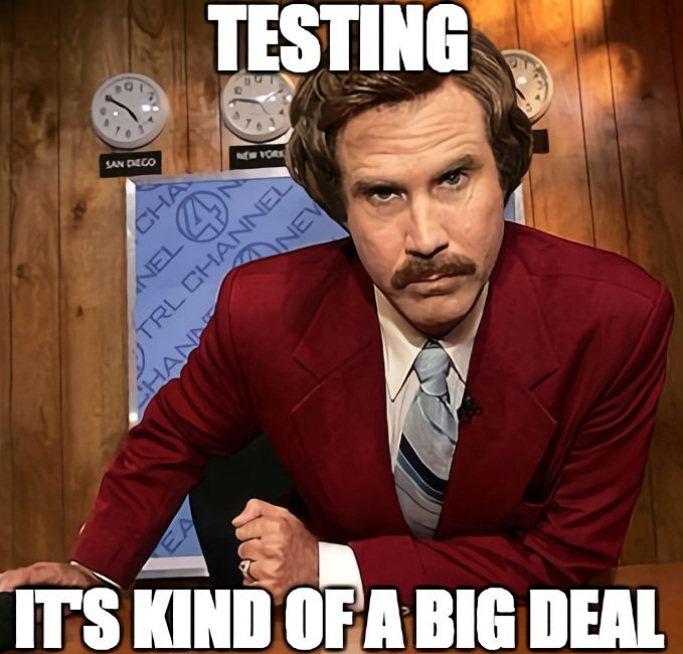
Poorly designed tests can quickly become a burden, that's why unit tests should:
- Be simple, concise, focused and light-weight. They must run fast and help us localize problems.
- Be organized in a predictable way, either close to the code or in a similar structure.
- Have descriptive names easily understandable.
- Have only one responsibility per test case. One test result should be irrelevant to others.
- Consider most scenarios, typical cases, edge cases and error conditions.
- Be easily found, by being organized in a predictable way.
- Be independent of other model or test code, to avoid false positives and negatives.
- Mock only external dependencies, like database connections or non-deterministic responses.
- Avoid over-mocking, which can lead to brittle tests.
- Be flexible enough to survive refactoring while still validating functionality. Tests shouldn't be too dependent on the current implementation.
Developing effective unit tests requires a solid approach to test structure and purpose, for which we can use Bill Wake's triple A pattern:
Arrange: Setup what's needed (objects, dependencies, or states). This initial state is usually accomplished by a test fixture. Act: Execute the operation or function under test. Assert: Check the results, verifying that the outcome matches expectations.
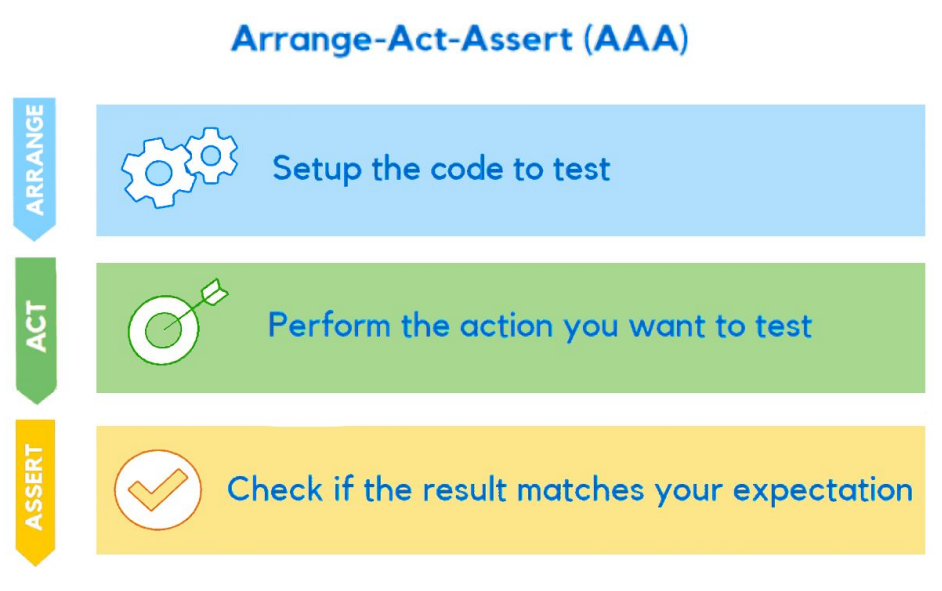
Though following this pattern you must be careful to create as fewer possible objects and re-use them as much as possible.
As a side note, while code coverage (percentage of code covered by tests) is often tracked as a quality metric, high coverage alone does not guarantee quality, and may in fact lead to low-value tests. The goal should be meaningful coverage, focusing on tests that add value by validating critical paths and common edge cases. Meaningful tests often reveal insights about the design and lead to more adaptable, decoupled systems.
Understanding TDD Origins and Concept
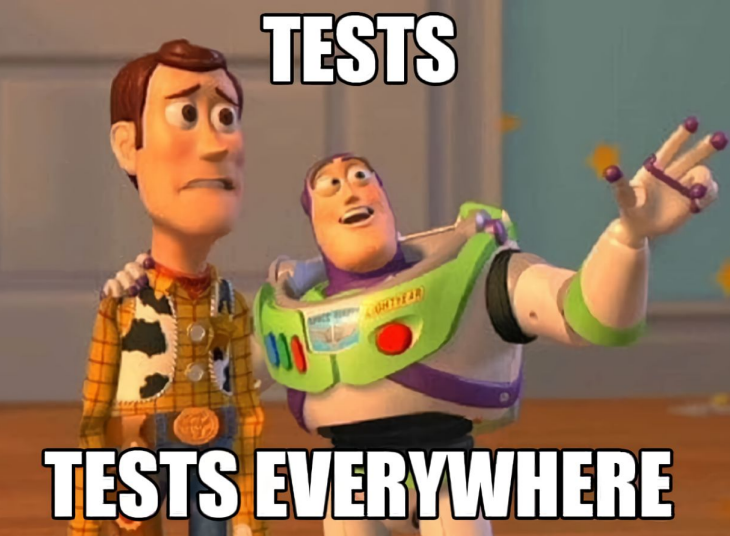
Kent Beck, born 1961, is the person behind the "rediscovery" of TDD. Kent is a software engineer from Oregon with a Master in Computer Science, creator of the Extreme Programming (XP) methodology, of the SUnit and JUnit testing framework, one of the 17 original singatories of the Agile Manifesto, and the pioneer of Test-Driven Development (what a legend !).

He says it's a "rediscovery" because TDD seems to have been a common pattern of development back in the punched tape era; you grab the input tape, write an expected output tape, and then make a program that generates the same output.

As its earlier form, TDD is a software development methodology that consists of writing tests for code before actually implementing the code itself. This approach was popularized as a means to create robust, adaptable software with a focus on simplicity and continuous feedback. In his seminal book, "Test-Driven Development: By Example," Beck introduces TDD as a tool to improve software quality and developer productivity through an iterative cycle: Red-Green-Refactor.
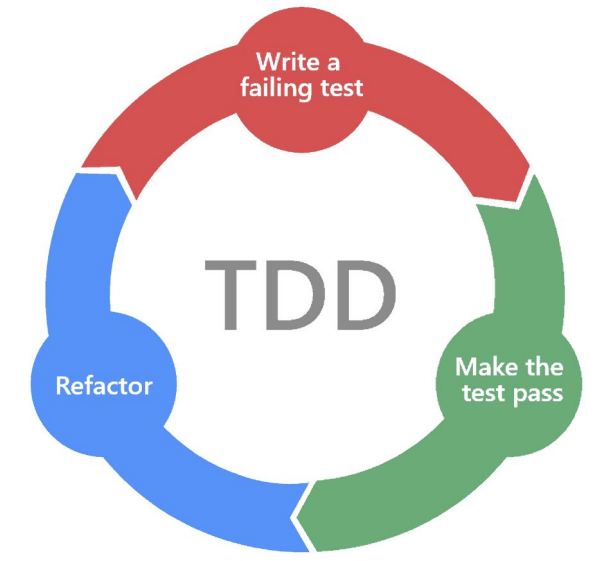
The TDD process works in a sequence:
- Write a test: Before writing any functional code, the developer writes a test that specifies what the code should accomplish. This test is expected to fail initially since there is no implementation yet. This is known as the "Red" state.
- Write the minimum code: Once the test is defined, the developer writes the smallest amount of code necessary to make the test pass. This is the "Green" phase, where functionality is minimally implemented to satisfy the specific test requirements.
- Refactor: With the test passing, the developer cleans up the code, making it more efficient or readable without changing its behavior. This refactoring can be considered a design activity.
Think-Design-Develop ?

TDD could very well mean that, as opposed to simply start developing with whatever you come up first to try to solve the problem at hand. Writing tests first makes you inevitable have to make yourself some questions:
- Where does the functionality belong ? Is it a modification of an existing method, a new method on an existing class, an existing method name implemented in a new place, or a new class ?
- What should the names be called ?
- How are you going to check for the right answer ?
- What other tests does this test suggest ? Kent encourages having a list of future tests to be written once the current test is passing
This process is done iteratively with very short changes, though Kent Beck says it can be done bigger and faster too, just that being able to take bigger or smaller steps is a skill that everyone should have.
In short, TDD is:
while not satisfied:
write_or_refactor_tests()
while not tests_pass:
write_or_refactor_code()
This is what Kent calls a positive feedback loop because of the reassurring of tests passing each iteration, whereas coding without tests passing makes you feel more stress, with more stress you test less, make more errors, then feel even more stressed and so on.
Why do we need TDD ?

Michael Feathers in his book "Working Effectively with Legacy Code" considers legacy code simply "code without tests", and says that code without tests is bad code. No matter how pretty or object-oriented or well-encapsulated it is.
He says "Without tests, we really don't know if our code is getting better or worse".
There are four reasons to change software: adding a feature, fixing a bug, improving the design, or optimizing resource usage. Having tests help achieving all four of these while making sure existing functionality remains intact, as well as guiding the new code being introduced.
It enhances software quality by shifting the focus from implementation to design. Tests act as a specification, guiding the structure and behavior of the codebase while maintaining a safety net against regressions. The process helps reduce bugs, support sustainable pace in development, and encourages better design by highlighting how different components interact and evolve, producing loosely coupled and highly cohesive units.
Martin Fowler notes on his blog that TDD isn’t just a way of writing tests first; it fundamentally changes how developers think about building software. By writing tests that define the desired behavior upfront, TDD encourages incremental development, small, focused code changes, and early identification of potential design issues.
Chicago vs. London Schools of TDD

The TDD practice has evolved significantly since its inception, giving rise to two well-known approaches often referred to as the Chicago School and the London School. While they share a common foundation (testing before writing production code and following the red-green-refactor cycle), their philosophies and methods differ due to distinct views on software design and testing focus.
Chicago School (Classic TDD)
The Chicago School of TDD traces its lineage to the Chrysler Comprehensive Compensation project in Detroit and the early practices of Extreme Programming (XP) developed by Kent Beck, Ron Jeffries, and others.
This school emphasizes state-based testing, where tests focus on validating the final state of an object after operations have been performed. It is outcome-driven, with minimal mocking and aligned with user expectations by mirroring real-world scenarios as much as possible. This results in simpler and less brittle tests, though they may be too coupled to implementation or have limited design feedback because of not checking how objects interact.
Chicago tests are not different than those we defined in earlier sections. This school is usually associated to "not mocking" but that's not true; even Kent Beck and Michael Feathers encourage mocking when it makes sense.
A typical test in this school also follows the AAA pattern described earlier, and this limited mocking style results in a much better technique for systems that are not designed in pure object-oriented paradigm.
A Chciago School test looks pretty much like the 3A pattern:
- Initialize the needed state and objects.
- Execute the actions that are unde test.
- Check that the results match the expectated ones.
London School (Mockist TDD)
The London School emerged from the innovations of the London Extreme Tuesday Club and was championed by Steve Freeman and Nat Pryce, authors of Growing Object-Oriented Software, Guided by Tests. The term "London School" was introduced by Michael Feathers in 2009 as a counterpart to the Detroit/Chicago School.
This school takes an interaction-based testing approach, focusing on how objects collaborate and communicate during execution. It is behavior-driven, with a strong use of mocks and stubs to isolate units for testing, and promotes decoupled and modular design. This is useful for complex object-oriented systems and helps with early design insights, however, it can be more complex to set up and maintain, and tests may be fragile as well as too abstracted from the system's outcome.
Adhering to London School means you'll find yourself using some of these:
- Fake: It's a fake and simplified object that mimics the expected behavior of a real one for testing purposes.
- Mock: It's a fake object that allows for special assertions on its interactions.
- Stub: It's a fake object that returns predefined responses to method calls.
- Seam: It's a place where you can change behavior for testing purposes without affecting the code under test, like patching certain code.
London School is associated to a "mocking only" style of TDD, but that's not true either; the pioneers of this school were more focused on pure OO design and thus focused more on the collaboration and communication between objects.
A London School test could look like this:
- Create any required mock objects.
- Create any real objects, including the target object.
- Specify how you expect the mock objects to be called by the target object.
- Call the triggering method/s on the target object.
- Assert that any resulting values are valid and that all the expected calls have been made.
Concusions

The most important thing in TDD is not its methodology, the code coverage nor the code correctness (absence of bugs), but the emphasis on testing and refactoring.
"If you look closely into the tests, the tests will look back at you"
Unit-tests are not only for finding bugs or validating specifications; they give us insights about the design of the system, its elements, and how they interact with each other. They are also another way of documentation, through which we can learn how the system works, what is expected of its behaviour.
In a pure-style of TDD you'd have to write twice the lines of code in the day, since you'll do as many lines of test code as model code, but you would be able to make daily changes confidently, thanks to the ability to rapidly make regression testings (we could call these confidence-giving tests).
Over which school is better, I think it's a matter of system design so for example, Chicago TDD makes more sense in a mixed or functional paradigm system, and London or Mockist TDD is ideal in a pure and perfectly designed system with OOP.
Both schools, though, share the same foundational goal of TDD: think about the design of the code you are about to write by creating first the tests, and then running them every short change to shorten the feedback loop and improve code quality and design.
If you want to go carefully with your development and improve your code quality output, you should definitely try TDD as presented by Kent Beck.
If you think you can move faster, you can have a more free style but still give importance to unit-testing, and the priceless feedback it gives you.
References
- University of Minnesota. (n.d.). Software Development Processes and Methodologies.
- Beck, K. (2002). Test-Driven Development: By Example. Addison-Wesley.
- Feathers, M. (2004). Working Effectively with Legacy Code. Prentice Hall.
- Meyer, B. (1997). Object-Oriented Software Construction. Prentice Hall.
- Codemanship. (n.d.). London School vs. Classic TDD? Nope. It’s London School AND Classic TDD [Video]. YouTube. https://www.youtube.com/watch?v=uVHGt2qbjXI
- Cascade Failure. (2023). Schools of Test-Driven Development. https://cascadefaliure.vocumsineratio.com/2023/01/schools-of-test-driven-development.html
- Freeman, S., & Pryce, N. (2004). Growing Object-Oriented Software, Guided by Tests. Addison-Wesley.
- Khorikov, V. (2018). Unit Testing Principles, Practices, and Patterns. Manning Publications.
- Fowler, M. (n.d.). Martin Fowler’s Blog. https://martinfowler.com
- Jeffries, R. (n.d.). Ron Jeffries’ Blog. https://ronjeffries.com
- Osherove, R. (n.d.). The Art of Unit Testing. Manning Publications.
- Cooper, I. (n.d.). TDD: Where Did It All Go Wrong? [Talk].



